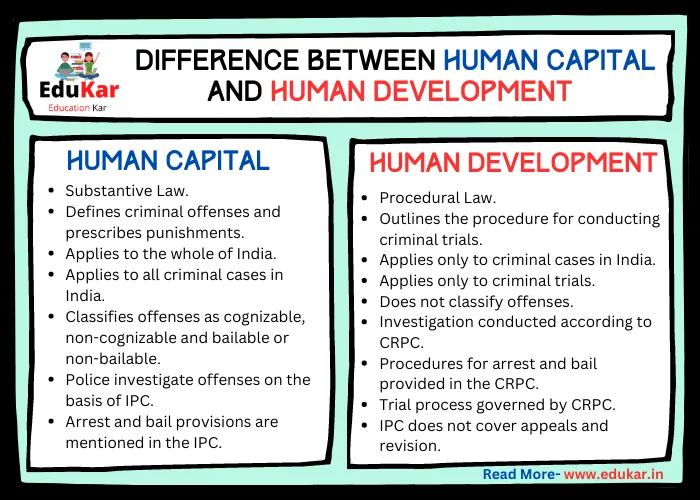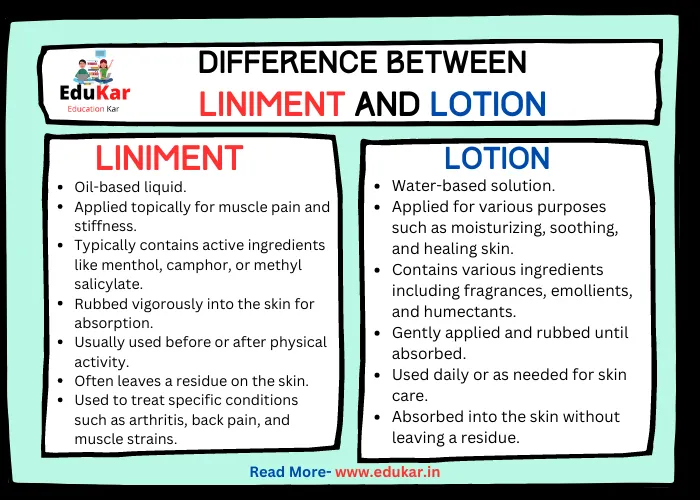Contents
- 1 Introduction
- 2 Coercion
- 3 Undue Influence
- 4 Differences Between Coercion and Undue Influence
- 5 Conclusion
- 6 FAQs
- 6.1 What is coercion?
- 6.2 What is undue influence?
- 6.3 What is the main difference between coercion and undue influence?
- 6.4 Can coercion and undue influence be used interchangeably?
- 6.5 What are some examples of coercion?
- 6.6 What are some examples of undue influence?
- 6.7 Are coercion and undue influence illegal?
- 6.8 How can coercion and undue influence be prevented or addressed?
Looking to understand the legal concepts of coercion and undue influence? This article explores the key differences between these two concepts, including their definitions, examples, and the potential consequences for those found guilty of using them. Gain a deeper understanding of these important legal distinctions by reading on.

Introduction
In our daily lives, we encounter different forms of influence that can shape our decisions and actions. Some forms of influence can be acceptable and beneficial, while others may be unacceptable and even harmful. Two forms of influence that are particularly important to understand are coercion and undue influence. While both of these forms of influence can involve pressure or manipulation, they differ in important ways.
Coercion
Coercion is the use of force or threats to compel someone to act against their will. This can take many forms, such as physical violence, emotional manipulation, or economic pressure.
For example, a person may be coerced into signing a contract by being threatened with harm if they refuse to sign. In some cases, coercion may be illegal, such as in cases of domestic violence or workplace harassment. Coercion can have serious legal consequences, and those who use coercion can be held accountable for their actions.
Undue Influence
Undue influence is the use of psychological pressure or manipulation to influence someone’s decisions or actions. Unlike coercion, undue influence may not involve direct threats or physical force. Instead, it may involve subtle forms of persuasion, such as flattery, manipulation, or exploiting a person’s vulnerability.
For example, a caregiver may use undue influence to influence an elderly person’s decisions about their finances or healthcare. Undue influence can also be illegal, and those who use it may be held accountable for their actions.
Differences Between Coercion and Undue Influence
| S.No. | Coercion | Undue Influence |
|---|---|---|
| 1 | Involves physical force or threats of violence | Does not involve physical force or threats |
| 2 | Coercion involves actual forceful actions that are intended to compel the person to act in a certain way | Undue influence involves subtle and manipulative actions that are intended to influence the person to act in a certain way |
| 3 | Coercion is often accompanied by fear, intimidation, or violence | Undue influence may involve flattery, cajoling, or other forms of persuasion |
| 4 | Coercion is illegal and is considered a criminal act | Undue influence may or may not be illegal, depending on the circumstances |
| 5 | The person being coerced does not have a genuine choice in the matter | The person being unduly influenced may still have a choice, but their choices are heavily influenced by the manipulative behavior of the influencer |
| 6 | Coercion is generally considered to be more severe than undue influence | Undue influence is generally considered to be less severe than coercion |
| 7 | Coercion can result in immediate harm or damage to the person being coerced | Undue influence may result in harm or damage over a longer period of time |
| 8 | Coercion is often used in criminal activity, such as extortion or kidnapping | Undue influence is often used in situations such as business transactions, where one party has more power than the other |
| 9 | Coercion involves the use of force or threat of force to achieve compliance | Undue influence involves the use of persuasion and manipulation to achieve compliance |
| 10 | Coercion is usually straightforward and easy to identify | Undue influence can be more difficult to identify because it may be more subtle and less obvious |
Differences Between Coercion and Undue Influence in points:
1. Nature of Influence: Coercion involves the use of physical or psychological pressure to force someone to act in a certain way, while undue influence is more subtle and involves taking advantage of a person’s vulnerability or dependence to influence their decision.
2. Consent: Coercion involves the absence of free consent, while undue influence involves a situation where the consent is obtained but not freely given due to pressure or manipulation.
3. Legal Validity: Coercion invalidates any agreement or contract, while undue influence can also render an agreement or contract voidable, meaning that the contract is valid unless challenged.
4. Proof: Coercion is easier to prove as it often involves visible evidence such as threats or force, while undue influence can be more difficult to prove since it often involves more subtle and indirect forms of persuasion.
5. Remedy: The remedy for coercion is to nullify the agreement, while the remedy for undue influence is to rescind the agreement, meaning that it is canceled and any obligations or consequences are reversed.
Conclusion
Understanding the difference between coercion and undue influence is important for recognizing and addressing harmful forms of influence. While both forms of influence can involve pressure or manipulation, they differ in important ways. Coercion involves the use of force or threats to compel someone to act against their will, while undue influence involves the use of psychological pressure or manipulation to influence someone’s decisions or actions. By being able to recognize these forms of influence, we can better protect ourselves and others from harmful behavior and hold those who use coercion and undue influence accountable for their actions.
FAQs
What is coercion?
Coercion is the use of force, threats or intimidation to make someone do something against their will.
What is undue influence?
Undue influence is the use of persuasion or manipulation to make someone do something against their will or better judgment.
What is the main difference between coercion and undue influence?
The main difference between coercion and undue influence is the use of force or threats in coercion, whereas undue influence involves persuasion or manipulation without the use of physical force or threats.
Can coercion and undue influence be used interchangeably?
No, coercion and undue influence are distinct legal concepts with different implications and consequences.
What are some examples of coercion?
Examples of coercion include physical violence, threats of harm, blackmail, or use of authority to make someone comply with a demand.
What are some examples of undue influence?
Examples of undue influence include taking advantage of someone’s vulnerability or trust to gain control over their decision-making, using flattery or excessive attention, or exploiting a position of authority or trust.
Are coercion and undue influence illegal?
Yes, both coercion and undue influence are illegal in many contexts and may constitute criminal offenses or grounds for invalidating contracts or other legal agreements.
How can coercion and undue influence be prevented or addressed?
Coercion and undue influence can be prevented or addressed through education, awareness, and legal protections, such as laws against abuse of power, fraud, or coercion, or by providing support and resources for victims of such practices.
















